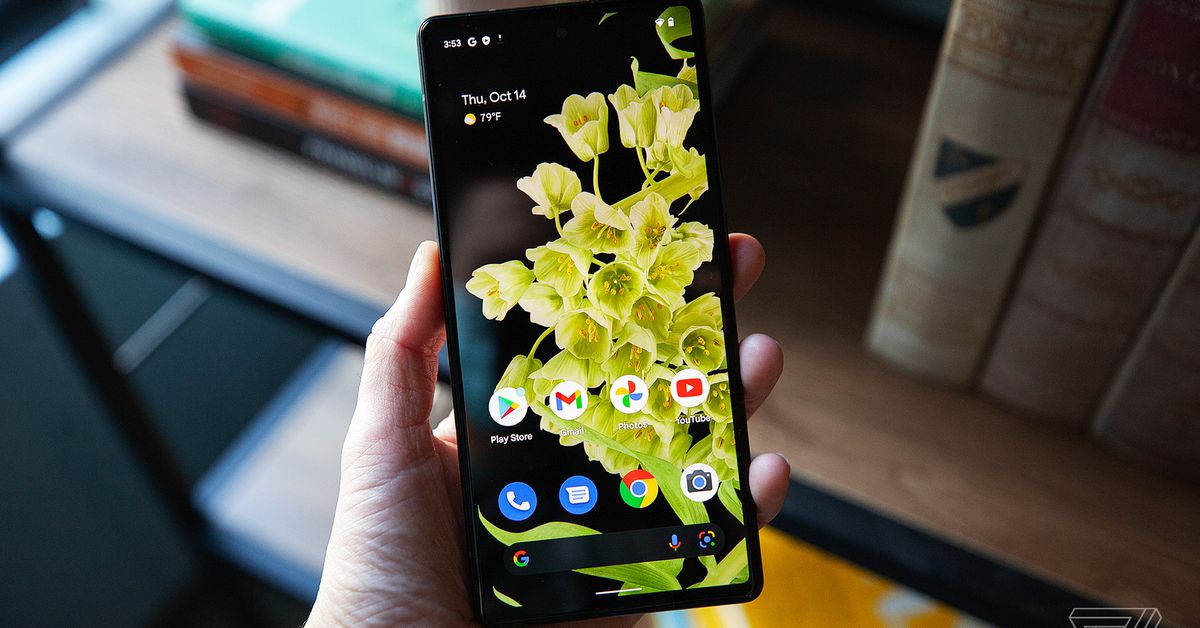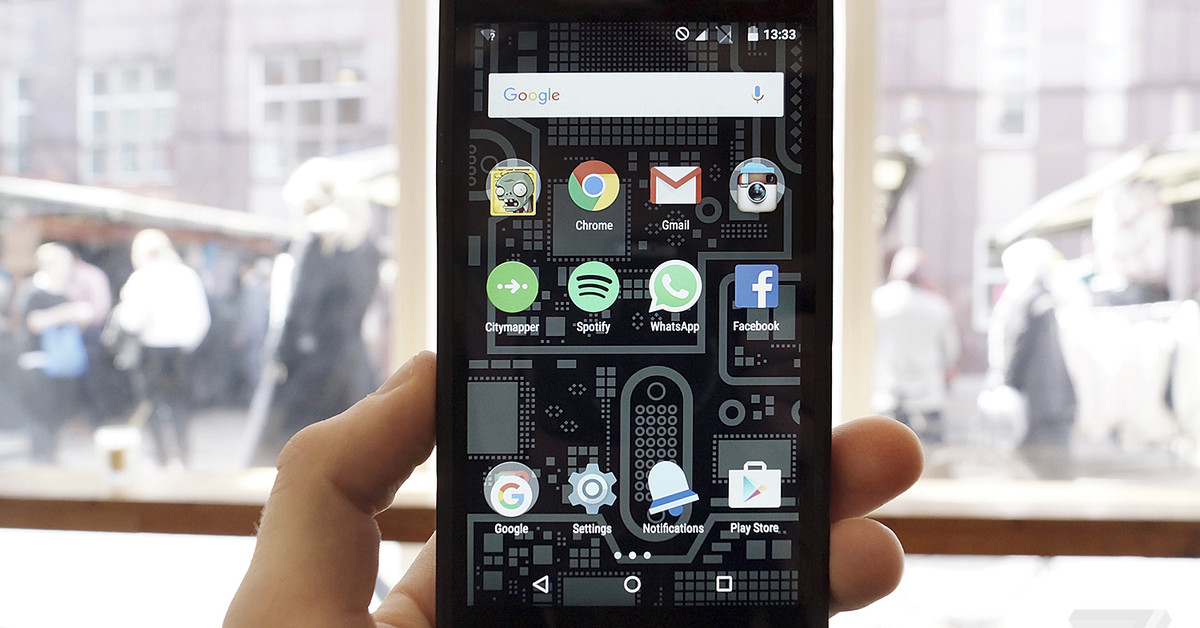Google highlights repairable Chromebooks for education as it battles cheap Windows laptops

Google announced today via its Google for Education blog that it’s starting a repairability program to help schools fix Chromebooks in-house, and turn it into a valuable training opportunity for students looking into the IT field.
Google says 50 million students and teachers are using Chromebooks while raising bold claims of the sustainability these laptops bring to the table via efficiency and extra durability. A Google-commissioned study cited on the page says its manufacturer partners build hardware that uses 46 percent less energy than competing products.
50M students & educators around the world use #Chromebooks. To repair broken devices sustainably and quickly, schools are creating in-house repair programs—which also teaches valuable IT skills. Join the movement by starting one in your school: https://t.co/C6g5x3lpOS pic.twitter.com/sjuks8k5Iz
— Google for Education (@GoogleForEdu) February 3, 2022
This post comes from VP of Chrome OS John Solomon, who wrote how the company also “worked with these same partners to make Chromebook components interchangeable, reusable and safely disposable.” Another blog written today by the Product Manager for Chrome OS Racha Slaoui highlights the “new line” of Chromebooks curated into an education-focused site to help school IT departments shop for the right Chromebooks.
Many of the presented models are not quite new: the Acer Chromebook Spin 713 came out last year and the HP Elite Dragonfly Chromebook is a slight update from its windows predecessor. On the software side, as long as the models are newly-built, they should have eight years of Chrome OS security updates — but manufacturers are still in charge of how hardware is supported overall, including what happens to warranties when self-repairs are performed:
Before you make a decision about self-repair, please contact your device manufacturer to find out how your warranty might be impacted. Some device manufacturers can provide rigorous repair training to protect your warranty, and others may recommend self-repair only for out-of-warranty devices.
Chromebook sales exploded during the pandemic, with OEMs shipping a total of 30 million of the laptops in 2020. Google already had a foothold in the K-12 education market, as nearly 60 percent of all computer purchases were reportedly Chromebooks in 2018.
Two big matters for education IT departments looking to handle a fleet of new computers are costs and the ability to integrate the tech into their environment. Windows computers fit many institutions running on an Active Directory environment but the costs of purchasing Windows PC laptops at scale versus Chromebooks have been quite high. Microsoft is trying to change that by announcing the very Chromebook-like Surface Laptop SE last year, which at $249 would be both cheap and easier to implement for environments that have not already switched to G-Suite.
Google chose an opportune time to launch its Self-Repair program with legislators’ right to repair advocacy increasing enough that companies like Apple and Microsoft were recently forced to respond.
Educational institutions that have not yet revamped their technology lineup for remote learning now have more options to ponder as more students return to fully in-person learning. IT departments opting for new Chromebooks can buy certain Acer and Lenovo models that have a better repair knowledge base, or get more familiar Windows-based options that are finally catching up to the low-cost Chromebooks. $299 edu-priced iPads are another option, but adding cases and keyboards, AppleCare, and the need for an additional mobile device management platform like JAMF, mean the multimedia-friendly tablets can get more expensive quickly.






